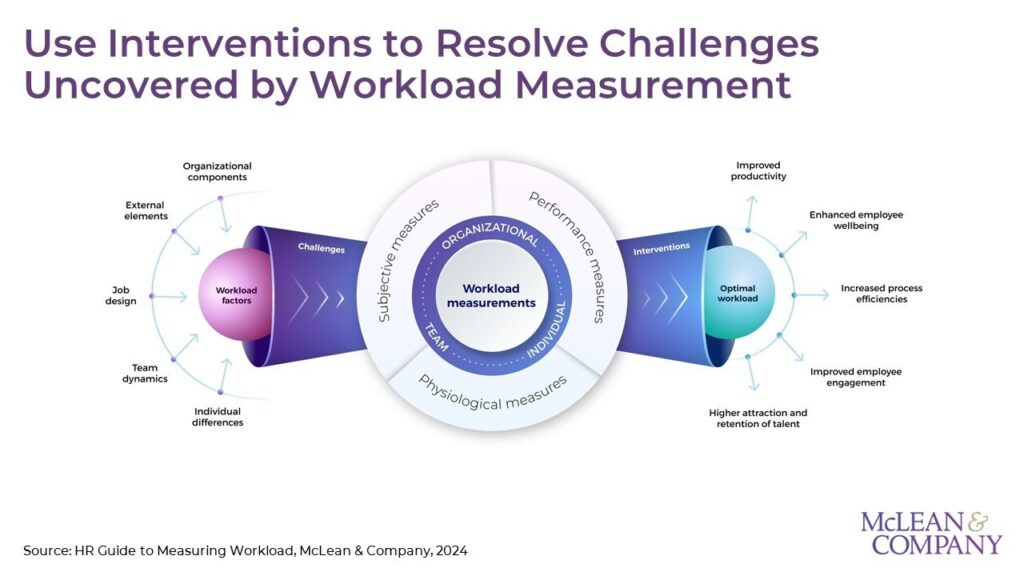Global HR research and advisory firm McLean & Company has released a new guide aimed at helping HR leaders manage employee workload more effectively. The guide, titled “HR Guide to Measuring Workload,” provides tools and information to address the risks associated with poor workload management, such as increased employee disengagement and turnover.
In their May 23, 2024, release, McLean & Company emphasizes the importance of the employee experience in organizational success, highlighting workload as a critical component. The guide notes that organizations often struggle with workload distribution, which can lead to significant risks. Conversely, employees with manageable workloads are twice as likely to be engaged at work.
“Workload optimization requires more than a band-aid solution. For meaningful change to happen, organizations must address underlying causes rather than treat the symptoms of workload challenges,” said Grace Ewles, director of HR Research & Advisory Services at McLean & Company. She added that the goal is not necessarily to eliminate work but to find a balance that prevents burnout and boredom.

The guide from McLean & Company is structured into three sections, each targeting different aspects of workload management:
- Introduction to Workload: This section defines workload, identifies factors influencing it, and provides an overview of workload measurement.
- Workload Measures: It describes the key components for intentional workload measurement, highlighting various methods, including subjective, performance, and physiological measures.
- Recommended Interventions: The final section offers strategies for addressing workload challenges at organizational, team, and individual levels.


